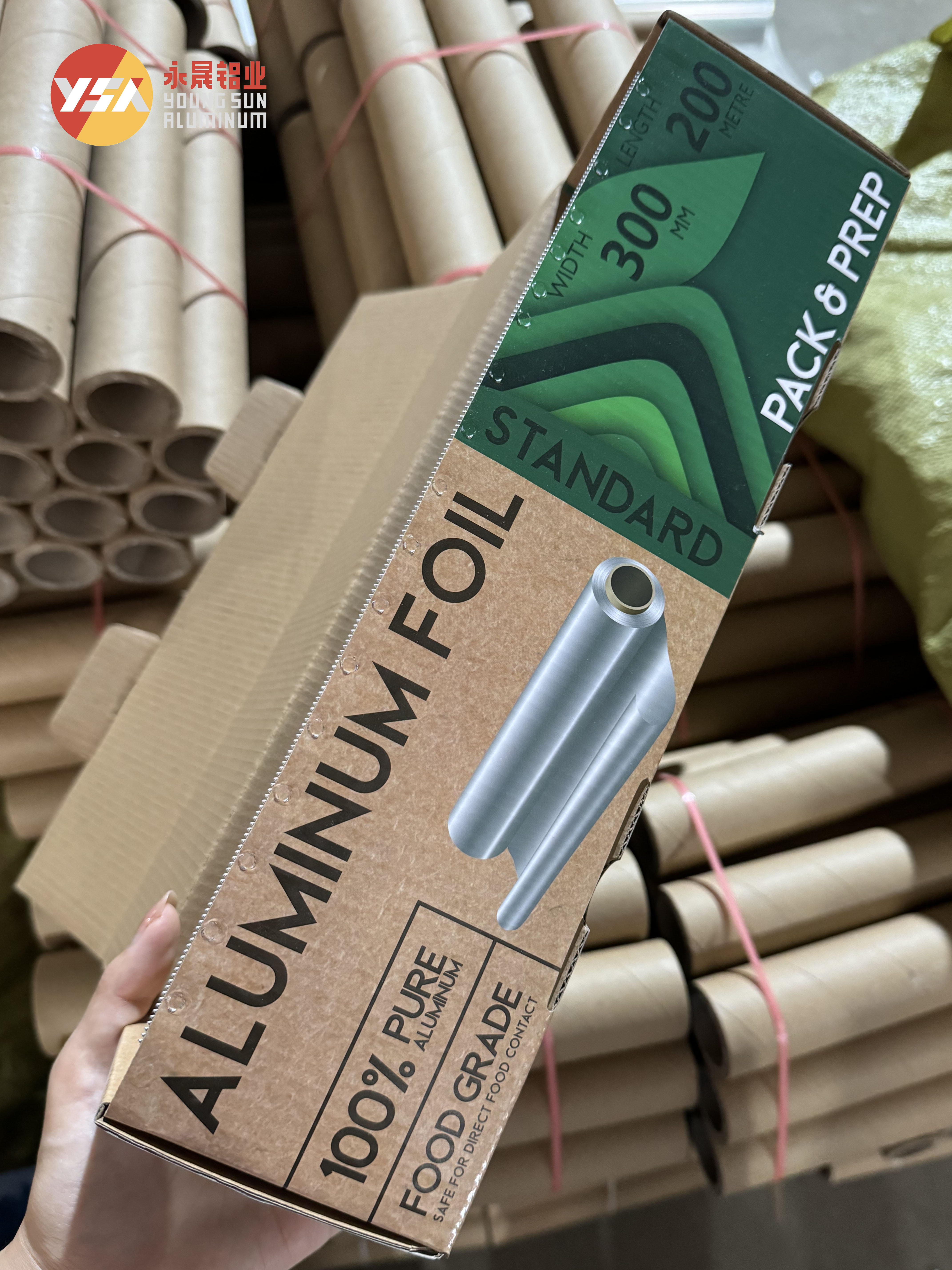1. Introduction: When Curiosity Meets the Kitchen
We’ve all had that moment—a rogue fleck of foil clings to melted cheese, or a toddler eyes crumpled wrapping like it’s candy. Let’s unravel what really happens when metal meets metabolism!
2. The Anatomy of Aluminum Foil: More Than Just a Wrapper
Modern food-grade foil is 92-99% pure aluminum, rolled thinner than human hair (0.016mm). Its crystalline structure allows flexibility without tearing, but resists dissolving in water—a key survival trait.
3. The Instant Aftermath: What Your Mouth Experiences
That metallic tang? Aluminum ions briefly interacting with saliva proteins. Sharp edges might cause micro-cuts, but saliva’s clotting factors usually handle them swiftly.
4. Journey Down the Hatch: From Esophagus to Stomach
Swallowed foil gets a hydrochloric acid bath (pH 1.5-3.5). While this dissolves some metals, aluminum forms a protective oxide layer, slowing corrosion . A square inch takes weeks to break down completely.
5. Intestinal Intrigue: Aluminum’s Path Through the Gut
Only 0.1-1% of ingested aluminum crosses intestinal barriers. Goblet cells secrete mucus that traps metal particles, escorting them toward the exit like bouncers at a VIP club.
6. The Excretion Expedition: Foil’s Final Exit
Within 48 hours, 95% of absorbed aluminum exits via kidneys. The rest? Stored briefly in bones before gradual release—your skeleton moonlighting as a metal locker.
7. When Things Go Sideways: Rare Complications
Perforation risks exist but require swallowing large jagged pieces. A 2023 study found only 0.3% of ER visits for ingested metals involve foil. Chronic overexposure could theoretically affect bone density, but you’d need to eat foil-wrap meals daily for decades.
8. The Science of Small Quantities: Accidental Nibbles
A postage-stamp-sized piece contains about 25mg aluminum. Given the WHO’s weekly tolerable intake is 2mg/kg body weight, a 70kg adult could (theoretically) safely consume 5.6g weekly—over 200 foil squares!.
9. Chronic Exposure Concerns: Frequent Foil Munchers
Pica syndrome sufferers who compulsively eat metal may face aluminum blood levels up to 15μg/L (vs. normal 1-3μg/L). Even then, neurotoxic effects appear only above 100μg/L.
10. Acidic Foods + Foil = ? A Reactive Recipe
Marinating salmon in foil with lemon juice can leach 3-6mg aluminum per serving—still below safety thresholds, but enough to alter taste $CITE_{10}. Pro tip: Chill acidic dishes before wrapping!
11. X-Ray Vision: How Doctors Detect Metallic Morsels
Aluminum’s low density makes it semi-transparent on X-rays. CT scans spot it better, showing foil scraps as glitter-like specks.
12. First-Aid Folklore vs. Medical Advice
Milk doesn’t “coat” foil—it actually increases aluminum solubility slightly. For smooth fragments <2cm, watchful waiting beats induced vomiting.
13. Pediatric Perspectives: Kids and Foil Fascination
Toddlers’ narrow esophagi (4mm diameter) make choking possible with balled foil. Smooth edges? Usually pass uneventfully—parental panic causes more tears than the foil!
14. Animal Alert: Pets and Aluminum Adventures
Dogs’ stronger stomach acid (pH 1-2) digests foil faster than humans. Vets report more concern about obstructing chocolate wrappers than the foil itself $CITE_{10}.
15. Historical Oddities: Foil in Folk Medicine
Victorian “silver leaf” tonics used aluminum foil to “purify blood.” Ironically, modern dialysis patients avoid aluminum for the opposite reason.
16. Industrial Accidents: Lessons from Factory Workers
Aluminum powder inhalation poses greater risks than ingestion. Foil rollers’ main health issue? Paper cuts from paychecks, not metal toxicity.
17. The Body’s Aluminum Budget: Natural vs. Ingested
We naturally carry 30-50mg aluminum—bones store 50%, lungs 25%. Eating a foil square adds <1% to this reserve.
18. Culinary Cross-Examination: Safe Foil Uses Revisited
Grilling with foil creates delicious drips but minimal metal transfer. A steak cooked in foil pouch absorbs only 0.02mg aluminum—less than a sip of tap water $CITE_{10}.
19. Future Tech: Edible Alternatives to Metallic Wraps
Scientists are crafting chitosan-based films infused with grape seed extract—biodegradable wraps that fight bacteria while you fight the urge to eat them.
20. Conclusion: Shiny Side Up!
While noshing on foil isn’t a Michelin-starred idea, our bodies handle accidental ingestion with elegant efficiency. Next time foil sticks to your fudge, remember—you’re literally tougher than metal!


